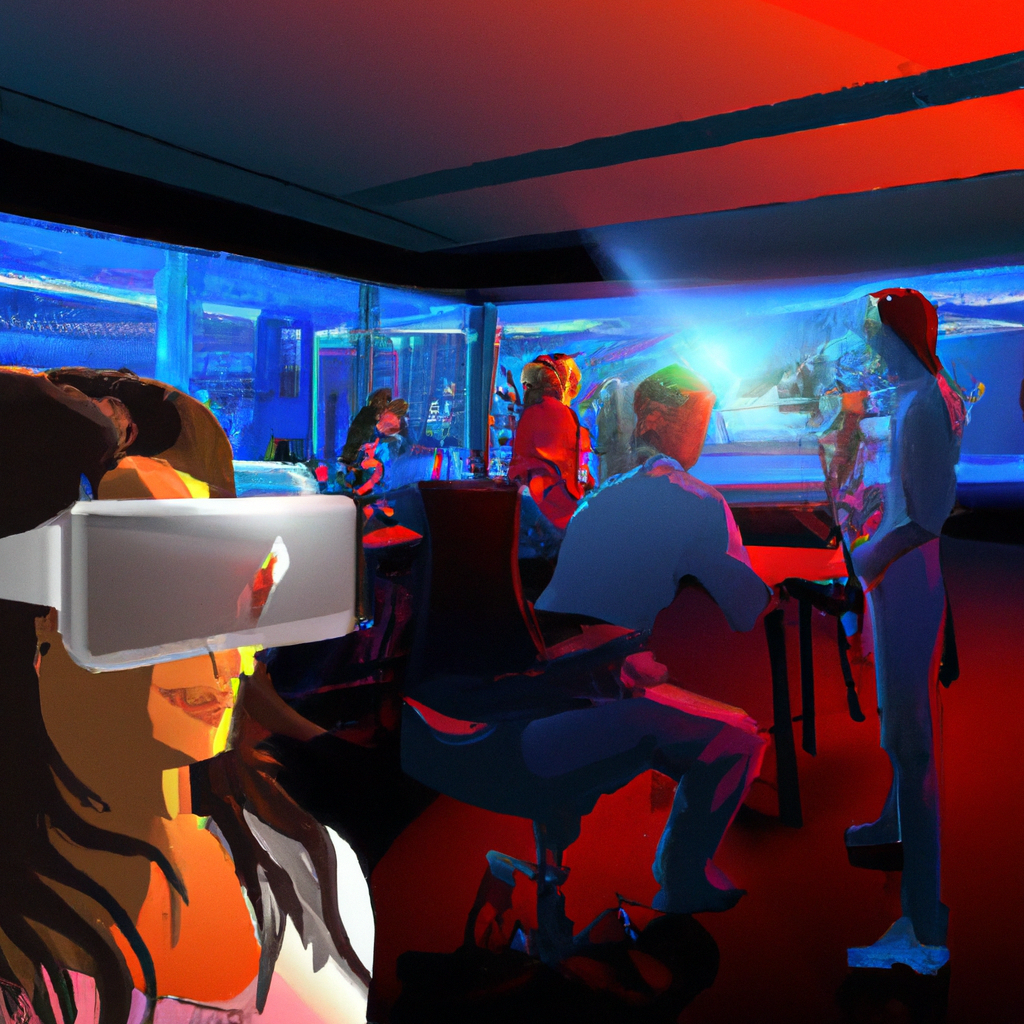The Future of Virtual Reality in Education
Virtual reality (VR) technology has been making waves across various industries, and the field of education is no exception. With the ability to create immersive, interactive experiences, VR has the potential to revolutionize the way students learn and teachers teach. In this article, we will explore the future of virtual reality in education and the impact it is likely to have on the learning experience.
Enhanced Learning Experiences
One of the key advantages of using VR in education is the ability to create enhanced learning experiences. By immersing students in realistic simulations and scenarios, VR can make abstract concepts more tangible and easier to understand. For example, students studying history can be transported back in time to witness historical events firsthand, while those learning about complex scientific theories can explore them in a virtual environment.
Furthermore, VR can cater to different learning styles and preferences, allowing students to learn at their own pace and in a way that suits them best. This personalized approach to education can help students stay engaged and motivated, leading to improved learning outcomes.
Interactive Learning
Another benefit of VR in education is the ability to create interactive learning experiences. Students can actively engage with the content through virtual experiments, simulations, and games, making learning more interactive and fun. This hands-on approach to education can help students retain information better and develop critical thinking and problem-solving skills.
In addition, VR can provide opportunities for collaborative learning, allowing students to work together in virtual environments regardless of their physical locations. This can foster teamwork and communication skills, preparing students for the collaborative nature of the modern workplace.
Access to Remote Learning
Virtual reality can also help bridge the gap between students and educators in remote or underserved areas. With VR technology, students can access high-quality education regardless of their location, opening up new opportunities for those who may not have had access to quality education otherwise. This can help reduce educational inequalities and ensure that all students have access to the resources they need to succeed.
Challenges and Considerations
While the potential benefits of VR in education are vast, there are also challenges and considerations to keep in mind. One of the main challenges is the cost of VR technology, which can be prohibitive for many schools and educational institutions. Additionally, there may be concerns about the potential impact of prolonged VR use on students’ health and well-being, such as eye strain and motion sickness.
Furthermore, integrating VR into the curriculum requires training for teachers and educators to effectively use the technology and develop VR-based learning experiences. It is essential to ensure that VR is used in a way that enhances the learning experience and supports students’ educational goals.
The Future of VR in Education
Despite these challenges, the future of VR in education looks promising. As technology continues to advance and become more accessible, we can expect to see VR playing an increasingly significant role in the classroom. With the potential to create immersive, interactive, and personalized learning experiences, VR has the power to transform education and improve learning outcomes for students around the world.
As educators, parents, and policymakers continue to explore the possibilities of VR in education, it is important to consider how best to leverage this technology to benefit students and enhance the learning experience. By embracing VR and its potential, we can create a future where education is more engaging, effective, and accessible for all.
